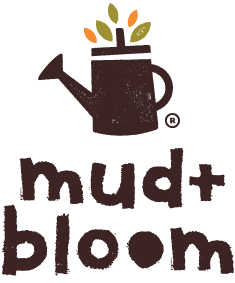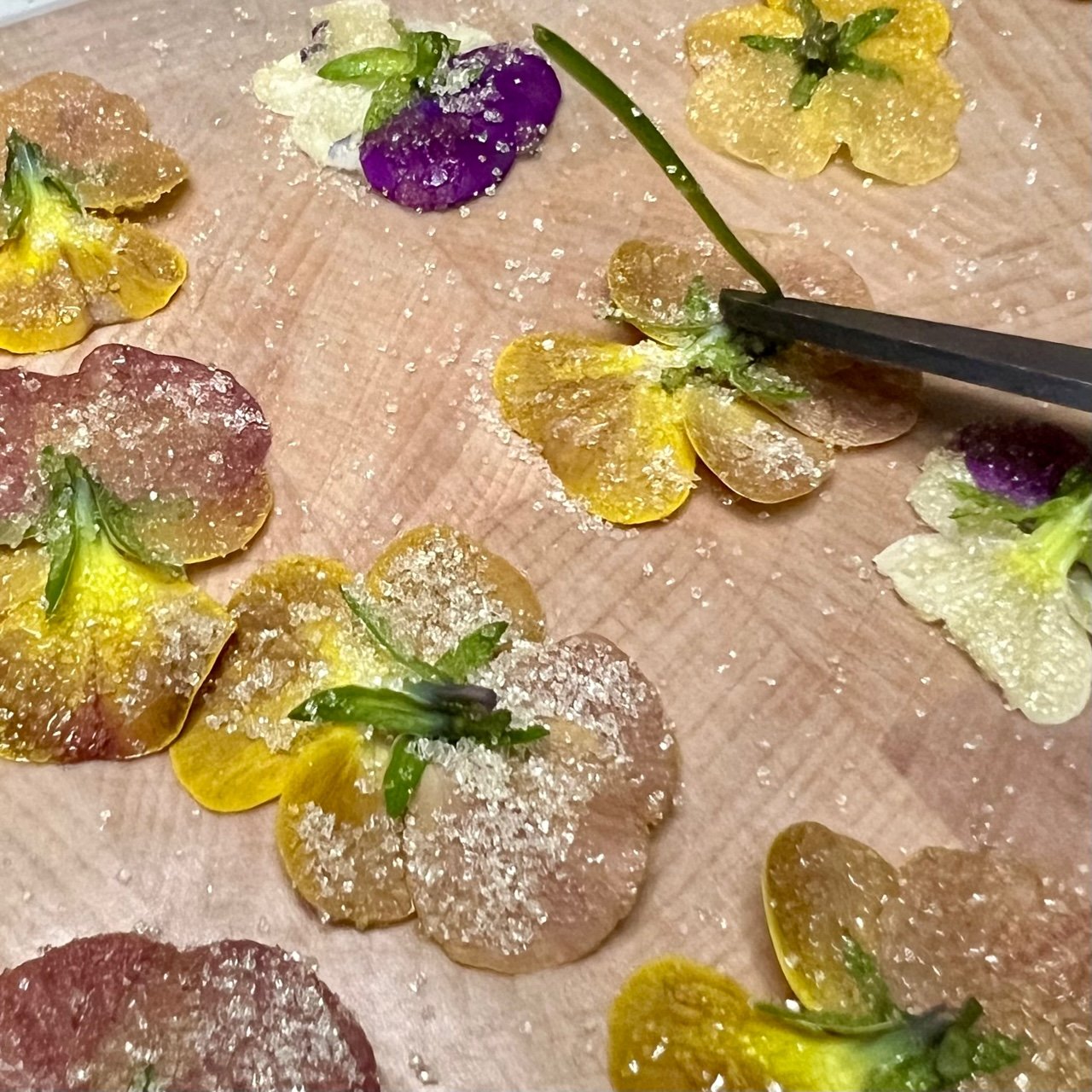Make crystallised flowers
Did you know that, as well as looking and smelling great, some flowers taste great too? There are many flowers that are edible and can be used in a variety of ways - added to soups, salads, desserts, drinks - and they can also be coated in a fine sugar mixture to make great decorations for cakes and biscuits! Here is a really simple way to crystallise flowers as well as some suggestions for edible flowers that children can easily grow.
What you will need:
Edible flowers
Caster sugar
Aquafaba or egg white
A small, soft brush
Wax paper / baking parchment
What flowers are edible?
Here’s just a few flowers that are edible:
Nasturtiums, pansies, violas, primroses, dandelions, cornflowers, fruit blossom from pear and apple trees, californian poppies, chive flowers, forget-me-nots, lilac, wild garlic flowers, honeysuckle, pea flowers, marigolds, roses, magnolia flowers, sunflowers and strawberry flowers.
Some flowers are poisonous so make sure that you only eat flowers when you are certain that they are edible.
Edible flowers vary widely in flavour. Chive flowers, for example, taste quite onion-y, wild garlic flowers, not surprisingly, taste quite garlicky and nasturtiums can be spicy. It’s best to use flowers that have a mild or sweet flavour when crystallising them. I used violas as they have a mild, sweet, perfumed flavour.
How to crystallise your flowers:
First you’ll need to pick your flowers! It’s best to pick them early in the morning before they’ve had too much sun. Try and leave a stem on them so that they’re easier to handle.
Gently wash your flowers in a large bowl of cold water then drain them and lay them out on a towel to dry. If you’re not using the flowers straight away, pop them in an airtight container in your fridge but try to use them within a few days.
Start by preparing your work area. Place the sugar in a small bowl and an egg white or aquafaba in another. Traditionally, crystallised flowers were made with egg white, however, to make them egg-free or vegan you can simply use aquafaba, which is the cooking liquid leftover from cooking chickpeas or in tinned chickpeas (this is what I used). If using egg white, lightly beat it with a fork to break it up a bit so it’s easier to use.
Lay down a piece of baking parchment or waxed paper and a small, clean paintbrush.
Pick up a flower by its stem and dip your paintbrush into the aquafaba or egg white. Lightly paint the entire surface, both front and back, with the liquid. Flower petals naturally repel water so you will need to paint over each petal several times for the liquid to stick.
Holding your flower over the bowl of sugar, sprinkle some of the sugar all over the flower, again both front and back, until completely coated. You can use a teaspoon for this if you prefer.
Gently shake off any excess sugar then place the flower on the baking parchment or wax paper to dry.
Repeat until you’ve coated all of your flowers and then cut off all the stems.
Leave your sugared flowers to dry in a warm, airy place until hardened. The hardening process can take 24-48 hours. These were ready to use in 24 hours. When they’re crisp all over, you know that they are fully crystallised.
Now you can use your crystallised flowers to decorate your cakes! Aren’t they pretty?
If you want to store the flowers to use later, place them in a sealed container lined with baking parchment or wax paper. Arrange them in single layers with a sheet between each layer. They should last for several months.
Author: Denise Hope, home educating mum of two boys
If you’d like to receive regular gardening and nature craft activities for children, subscribe below to receive a monthly Mud & Bloom box! Each monthly Mud & Bloom box contains two lots of seeds or bulbs to plant and at least two nature craft activities.









